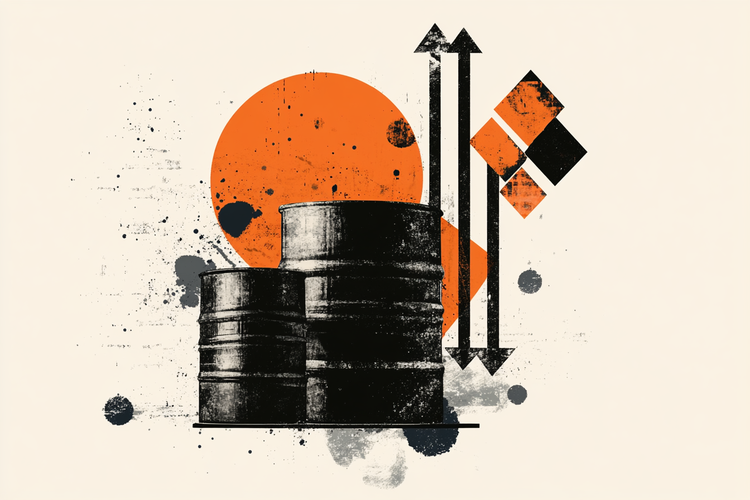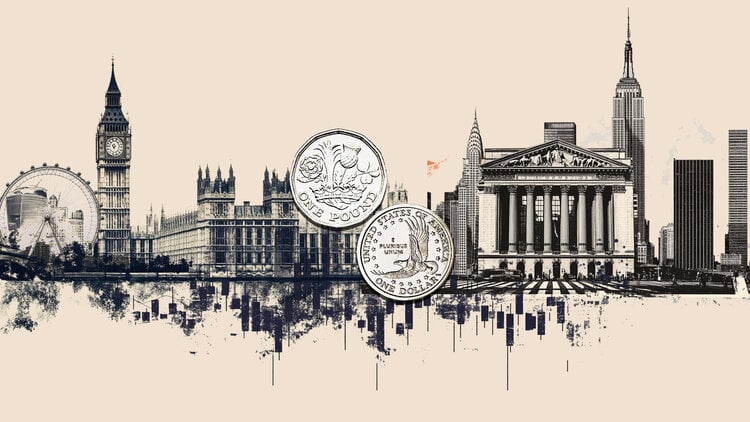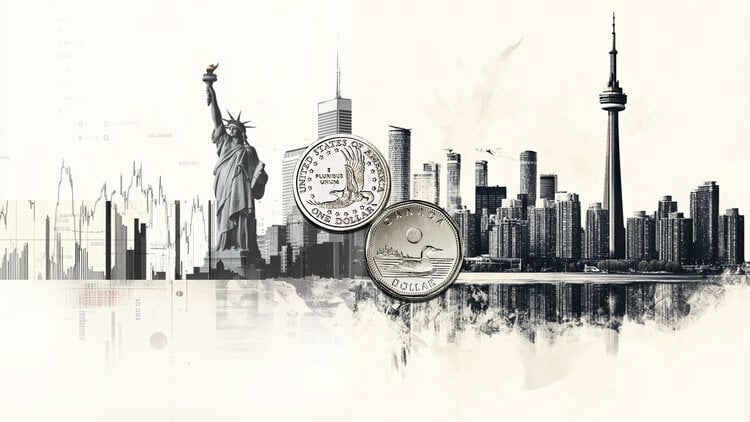US consumer spending fell in December, putting the economy on a lower growth path into 2023, while inflation continued to ease, which may give the Federal Reserve room to further slow the pace of its rate hikes. interest next week.
Consumer spending, which accounts for more than two-thirds of US economic activity, fell 0.2% last month, the Commerce Department said on Friday.
Data for November was revised down to show a 0.1% decline, down from a previously reported 0.1% gain.
Economists polled by Reuters had forecast a 0.1% drop in consumer spending in December.
The data was included in the first fourth-quarter Gross Domestic Product report, released on Thursday, which showed consumer spending maintained a solid pace of growth and helping the economy expand at an annualized rate of 2 .9%.
The weak carry-over to 2023 increases the risks of a recession into the second half of the year, but also reduces the need for the US central bank to maintain an overly aggressive stance in relation to monetary policy.
The Fed’s fastest rate hike cycle since the 1980s has pushed the housing market into recession and manufacturing is in the early stages of a downturn.
Higher borrowing costs have affected demand for goods, which tend to be bought on credit. Although the growth in spending on services is helping to anchor consumption, some families, especially those with lower incomes, have exhausted the savings accumulated during the Covid-19 pandemic, limiting the reach of gains.
The PCE inflation index rose 0.1% last month, repeating the November rate. In the 12 months to December, the PCE price index increased by 5.0%, after advancing 5.5% in November.
Excluding volatile food and energy components, the PCE price index rose 0.3% after rising 0.2% in November. The so-called core PCE rose 4.4% year-on-year in December from 4.7% in November.
The Fed tracks the PCE price indices for monetary policy decisions. Other measures of inflation also declined significantly.
Last year, the Fed raised its interest rate by 425 basis points, from almost zero to a range of 4.25%-4.50%, the highest since late 2007. Financial markets are pricing in a rise of 25 points at the Jan. 31-Feb. 1 central bank meeting, according to CME’s FedWatch tool.
Source: CNN Brasil
I am an experienced journalist, writer, and editor with a passion for finance and business news. I have been working in the journalism field for over 6 years, covering a variety of topics from finance to technology. As an author at World Stock Market, I specialize in finance business-related topics.







